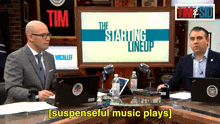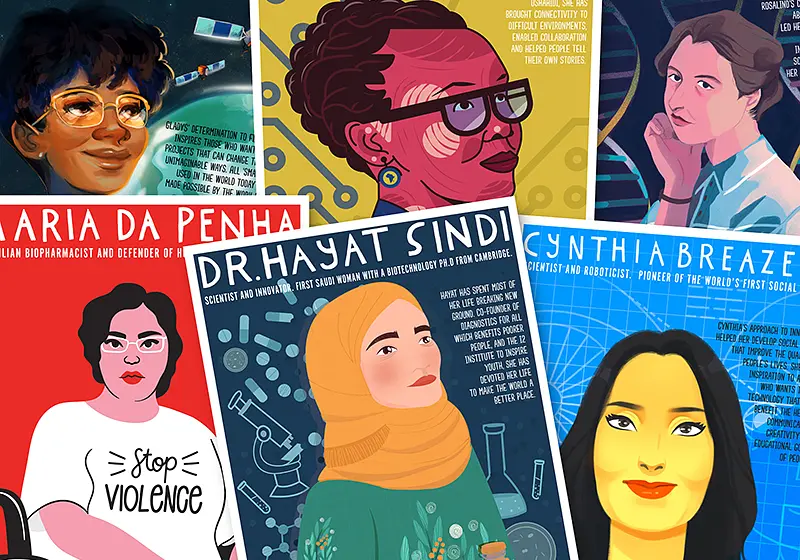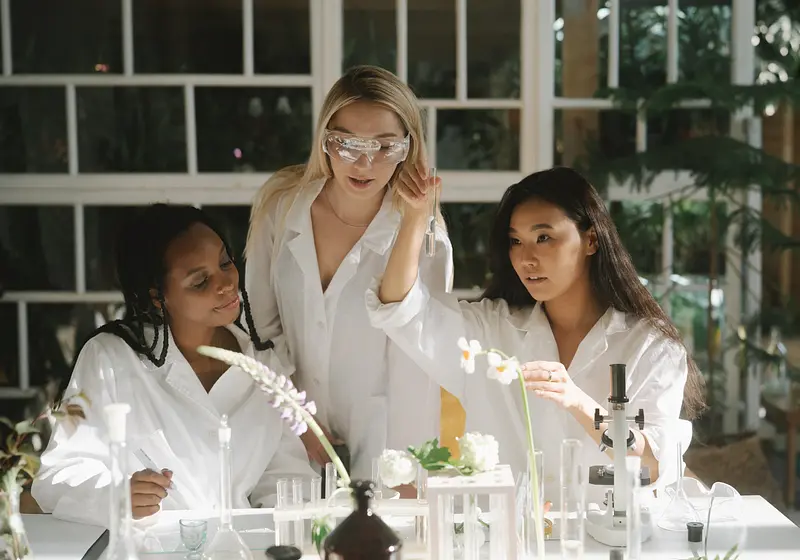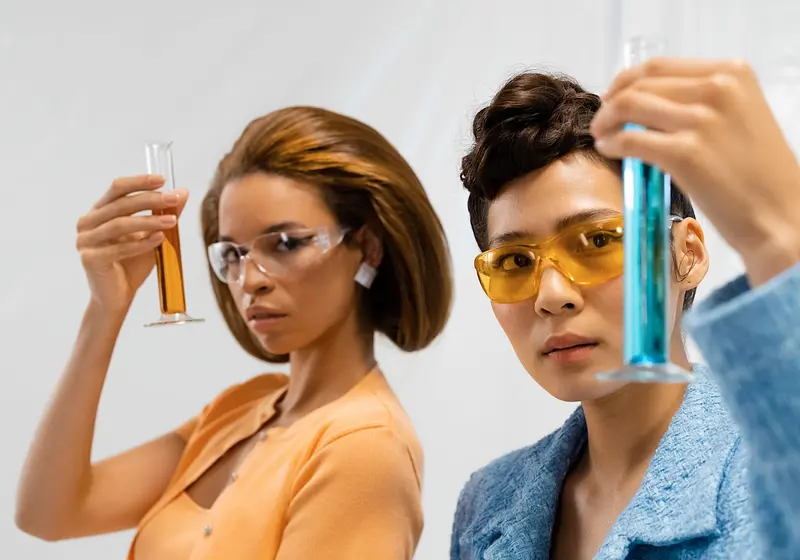Today, the fields of STEM—science, technology, engineering, and mathematics— are strongly encouraging women to use their skills to contribute to the workforce. STEM, once predominantly consisted of men, has changed thanks to society for noticing the unfair gender gap.
Over many years, women from across the world have contributed to the different aspects of STEM, advancing the knowledge the industry has today. We now see a lot of women in lab coats, programming systems, traveling in space, designing and building structures, and conducting research.
Let us slide into your dms 🥰
Get notified of top trending articles like this one every week! (we won't spam you)Women That Made History
In the 1800s and 1900s, there weren’t as many women involved in STEM as there are now and there were countless issues present at the time that females experienced. Many were humiliated, weren’t given credit, and men stole their work and claimed it as their own. Despite these issues that women had to endure, today, appreciation and proper acknowledgment are given to all their hard work. Their huge efforts are mentioned in textbooks, shows, movies and documentaries.
-
Ada Lovelace
Ada was a mathematician and writer known to be the first computer programmer. She met another mathematician, Charles Babbage, who designed a machine called the ‘Analytical Engine.’ Feeling inspired and intrigued, Ada wrote a sequence of words and numbers in 1843, giving her the understanding that the engine was able to execute mathematical sequences. Though the engine wasn't built, Ada’s algorithm has developed a programming language in her name.
-
Marie Curie
Marie Curie, a pharmacist and chemist, discovered two radioactive elements: radium and polonium. Her research and observations of these elements have contributed to the understanding of radioactivity. In 1903, she was awarded a shared Nobel Prize in Physics, along with her husband and Henri Becquerel, for studying radiation. On her own, she was awarded the 1911 Nobel Prize in Chemistry for her discovery of elements.
-
Katherine G. Johnson
Katherine G. Johnson was an exceptional physicist and mathematician who had worked closely with NASA since she was hired in 1953. Unfortunately, during that period of time, African Americans and women weren’t valued in the field.
Despite having to work under terrible conditions and not receiving credit, Katherine did indeed make history. Using her skills, she conducted calculations that sent the first American astronaut to space in 1961. Later, she continued to contribute to NASA’s programs and projects for space travel.
Her story has been portrayed in the book and the award-winning movie Hidden Figures.
-
Valentina Tereshkova
Soviet cosmonaut Valentina Tereshkova became the first woman to travel into space when she was aboard Vostok 6 on June 16, 1963. Being her only space travel, she was in the capsule for three days, orbiting the Earth 48 times. After her great achievement, she remained as an engineer for a space program and later began advocating Soviet politics, science, and feminism.
These are only four out of many powerful women who opposed society’s standards and persevered on their pathways in STEM. With all they’ve achieved, they continue to inspire young women to counter the norm and pursue a career within the fields.
Take the Quiz: Which Indian city is the perfect holiday spot for you!?
Let's match you with an Indian city that you would love!
Women In STEM: Is It Really Important?
Gender inequality is already an alarming social issue and is often manifested in unequal pay, gender-based clothing, education restrictions, lack of employment opportunities, and limited access to healthcare. With this in mind, the gender divide in STEM fields is stereotypical, expecting women to only be in natural sciences and men in the technical aspects.
Defying the opinions and expectations of society, passionate females have stepped up and taken computer science, software development, chemical engineering, and many other courses that were once male-dominated. Even organizations have dedicated their missions or programs to provide resources and opportunities for females of all ages, building a strong community of women keen to learn and contribute to the STEM field.
We need women in STEM not just for diversity, but for different outlooks and opinions. The field can really benefit from that in multiple ways and can encourage younger females to pursue a pathway within it.
3 Ways To Promote It
1. Recommend programs
There are a few programs and clubs that encourage young females to come together to share similar interests in the STEM field. If you know anyone who would seem interested in learning or advancing their skills in aspects of STEM, you could recommend different programs. For example, Girls Who Code is an organization that has a variety of resources and programs that could benefit young women.
2. Make a club
Have no clubs in your school or community related to STEM? Get creative and take the initiative to start your own club that can support young females interested in STEM. You can get the word out by using social media, handing out flyers and maybe organising events. Start off simple and as your club begins to grow, make improvements that can make it better.
3. Educate others
If you are knowledgeable in one or more subjects of STEM, you should consider tutoring your peers, students online or in your community. Whether you’re volunteering or getting paid, it can benefit you and your tutee. You can help young people to develop skills and a better understanding of topics within a subject while gaining valuable experience to add to your resume.
Unsure if STEM is for you?
If you are a passionate young female who is interested in STEM but is unsure whether it’s something for you, I guarantee that you’re not alone. The field can be quite intimidating, but being a part of it can be rewarding and even fun! If you love thinking, problem-solving, collaboration and helping people, STEM may be perfect for you.
It’s best to try it out and see whether it is a potential career pathway that you will enjoy pursuing. Maybe you could join programs and clubs that are focused on what topic/subject you’re into, to connect and collaborate with others with the same passion as you.
Hoping you have learnt something new and are considering a profession in STEM, you can inform and encourage young women to become passionate about joining the field. The world needs more women to help in all aspects of STEM and who knows, you could become a famous woman that has made history.
*ALL IMAGES ARE FROM PINTEREST*
References:
https://pearsonaccelerated.com/blog/stem
https://www.britannica.com/biography/Marie-Curie
https://www.notablebiographies.com/St-Tr/Tereshkova-Valentina.html
https://www.hollywoodreporter.com/lists/hidden-figures-10-films-stars-real-life-inspirations-964715/
https://www.britannica.com/story/ada-lovelace-the-first-computer-programmer











